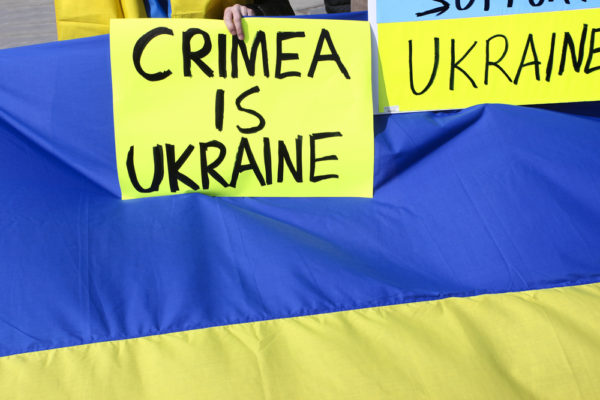On 18 March, during a phone conversation, Russian President Vladimir Putin supported US President Donald Trump’s proposal for a mutual 30-day suspension of strikes on energy infrastructure. However, no agreement was reached on the pause in fighting on the Ukrainian front lines and Russia’s Kursk Oblast, as proposed by Ukraine. Later that day, Russia launched 150 drones on Ukraine on energy objects and several hospitals.
The attack involved kamikaze drones, likely fixed-wing types equipped with optical cameras for greater accuracy, allowing for strikes on both stationary and moving targets.
HUR has reported that the strike destroyed several key assets, including radar stations and air defense systems, among them three Pantsir-S1 surface-to-air missile and gun systems and a Mi-8 helicopter.
Specifically, the operation neutralized:
- Two 48Ya6-K1 Podlet long-range air surveillance radars
- Two 1L125 Niobiy-SV electronic warfare detection radars
- Three 39N6 "Kasta 2E2" target tracking radars
- A 9S19 Imbir fire control radar for S-300 air defense systems
- The Nebo-M, 59N6-E Protivnik-GE, and Mys radars.
"The main radars that provided airspace coverage over Crimea, Kherson Oblast, and Krasnodar Krai have been disabled. These radars were responsible for detecting low-flying targets—our drones and cruise missiles. With so many radars taken out, Crimea’s air defense has effectively collapsed. If we follow up with another strike, we could target anything that moves—airfields, transport infrastructure, headquarters—anything we have ammunition for," Romanenko said.He added that drones were likely used in the operation. Read also:
- Russian drone strike kills animals at Kharkiv’s Ecopark, targets civilian areas
- Russian drone attacks kill one in Odesa, wound seven in Kharkiv
- US officials warn Trump-Putin talks could return Russian spies to American soil




